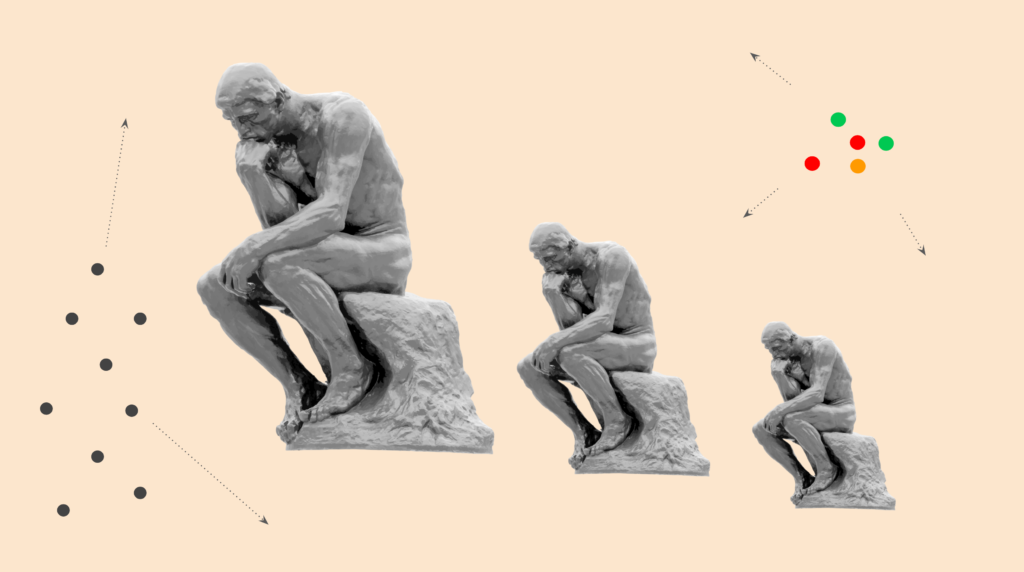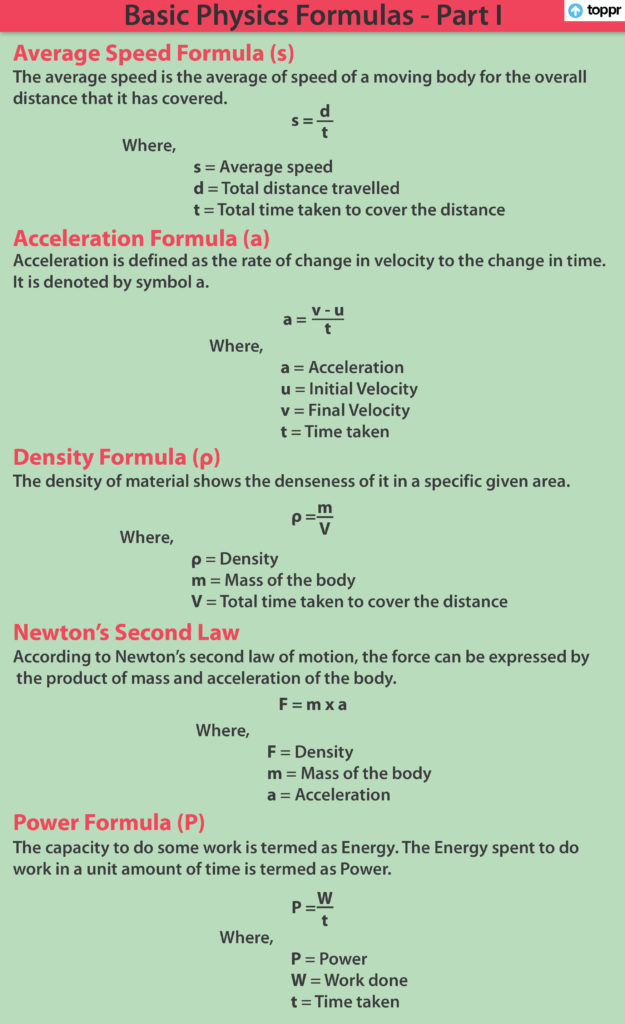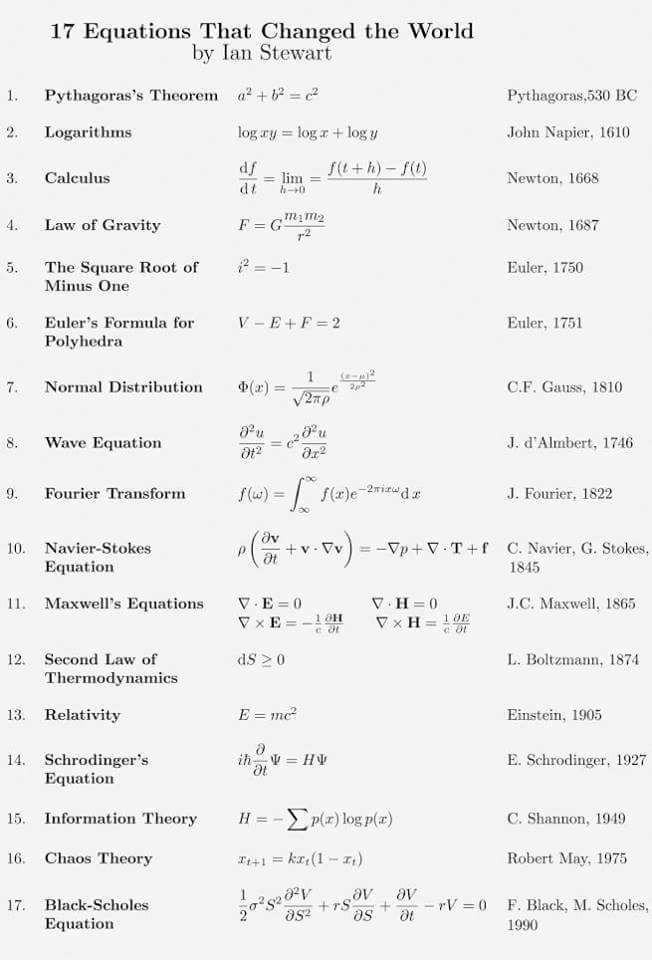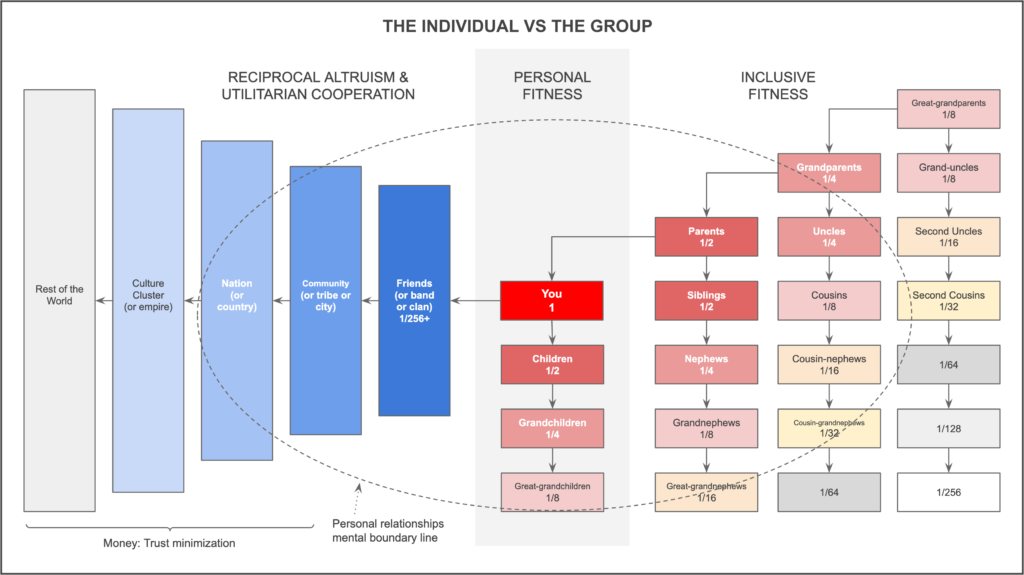
There are many constraints in reality. For example, objects with higher mass have more gravity than objects with lower mass; the maximum speed in the universe is the speed of light; the smallest possible unit of measurement is the Plank length; and entropy in any thermodynamic system always increases or stays the same, but it never decreases.
However, in biology and behavior, and sometimes in physics and chemistry, I use two constraints as mental guides that help me think, model, or understand reality in general: Genetics and brain capacity.
Genetics
Genetics helps me understand things from biology to the social sciences. For example, when modeling human or animal behavior, the understanding that their incentives will always converge toward individual and inclusive fitness helps me in analyzing and predicting their dynamics.
An example of this is my article “The Individual vs The Collective Fallacy“.
In it I wrote:
However, no social animal, individual, or mutant thereof, would exist today, or its genotype exist for very long, if there were no proximate or ultimate evolutionary payoffs to it, or returns on its investment.
This means that the investment made in “the collective” in its higher layers must eventually come back downstream as a genetic benefit, in the form of increased chances of replication, whether that payoff is in the form of direct descendants, or increased indirect descendants of the same kin.
Brain Capacity
Brain capacity measures help me not only in modeling or trying to figure out some things in biology, behavior, and social sciences in general, but also how to understand the natural sciences and why they are structured in certain ways.
For example, although the human brain has a very large data storage capacity, it is very limited in terms of data input, orders of thought, and parallel processing. It is easy for people to think about the intentionality of other persons up to a limit of four or five (e.g. I think, that A thinks, that B thinks thank C thinks, that D thinks something). After that it becomes increasingly difficult.
I suspect the same kind of mental limits apply to processing logic as seen in the logic of the basic sciences. The most famous equations in history, although some may contain embedded terms inside, have usually between three to five terms.
Examples of this in famous equations in science are:
• The mass energy equivalence has three terms; Energy (E), Mass (M), and Speed of Light (C):
E = MC2
• Euler’s identity has five terms; e, i, π, 1, and 0:
e^(iπ) +1 = 0
• Newton’s second law of motion has three terms; Force (F), Mass (m), and Acceleration (a):
F = ma
• Schrödinger’s equation has five terms; i, h, , t, and :
Indeed, the fact that many terms contain embedded sub-terms inside (e.g. speed of light – C – has the terms meters and seconds, as in 299,792,458 meters per second) is further evidence that work to compact them into higher order terms was needed to simplify their logic to an adequate number of parts so the human brain could process them more easily.
An example where I used brain capacity limitations to model a social science topic is my article “Why Does Bitcoin Have Value?“.
In it I wrote:
However, group growth has been much faster than our brain capacity growth to manage more relationships. This meant that our ability to interact in a productive way was limited to bands and clans of no more than ~150.
To cope with group growth while minimizing conflict we evolved several strategies other than grooming, which is limited to ~20% of our time. Amongst these strategies were: language, shared belief systems, rituals, symbolism, and, of course, money.
Conclusion
Just as it is obvious that a planet will orbit around a massive star, or that particles in a solvent will tend to diffuse evenly, it is very helpful for reasoning and hypothesizing about the sciences and human action to always bear in mind our genetic and mental constraints.
More Fundamental Scientific Formulas With Five Terms or Less
All the scientific formulas in these tables have five terms or less.
Basic physics formulas by Toppr:

17 equations that changed the world by Science Alert:

Model of Genetic Relatedness and Mental Capacity as per the Dunbar Number
On the right side are an individual’s genetic relationships by percentage of shared genes. On the left are relationships by utilitarian benefit. All are constrained by the Dunbar number, shown as the “Mental Boundary Line”.

Code Is Law
 , t, and
, t, and  :
: